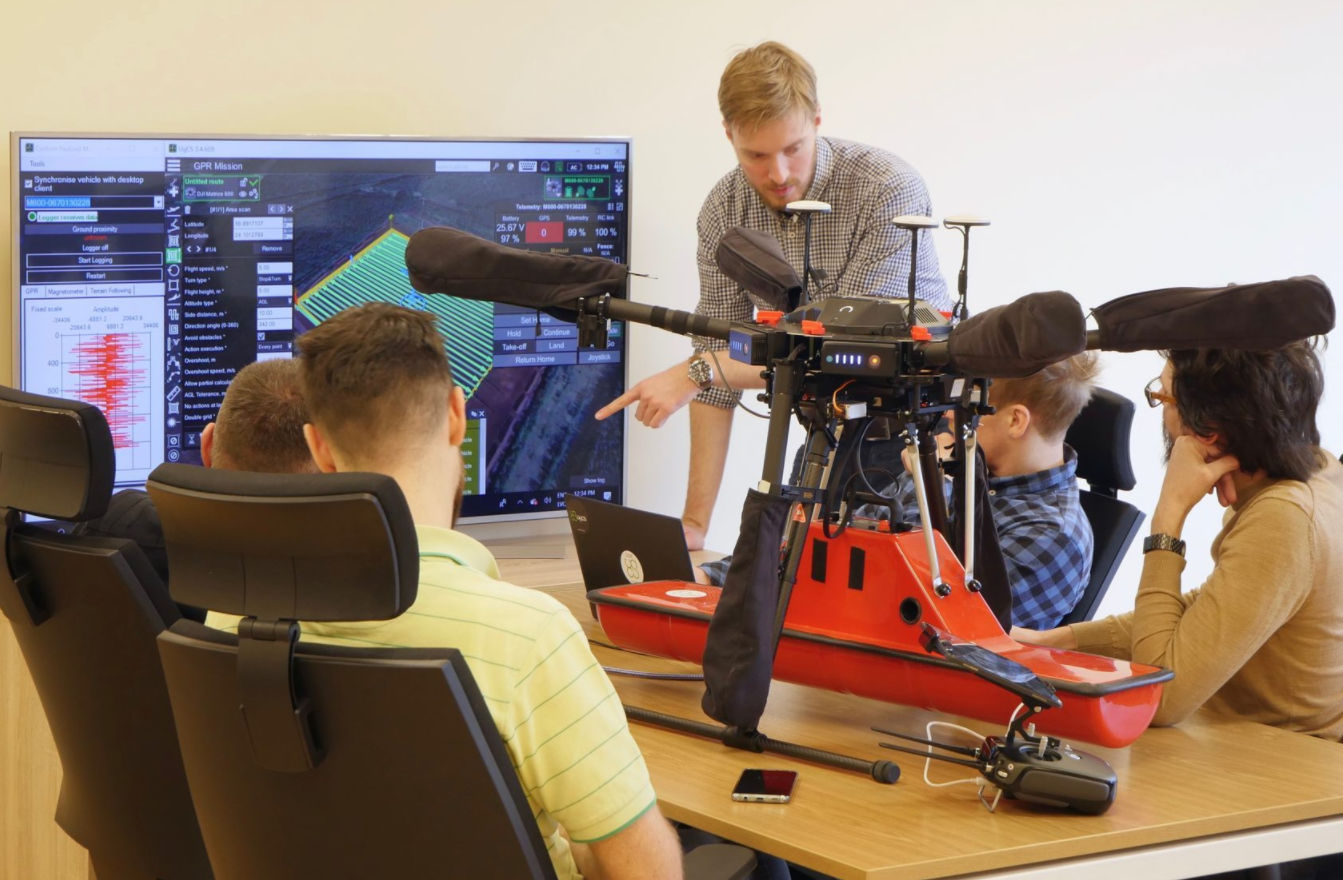Methane leaks are one of the important factors under the focus of the Paris Agreement (international treaty on climate change established in 2015) to control climate change. As the gas pipelines are spread throughout the state, the impact of the leak is huge and therefore possesses a threat to the environment and it is a potential explosive too. So, the oil and gas companies have been designated with the task of finding ways to prevent methane leaks from pipelines. Pipeline leak detection drone are tuned to high accuracy and prove effective in the detection of a leak.
Gas leaks can lead to fire and major explosions and the cooking gas sourced in the pipeline is odorless in nature. To make it detectable by smell, Methanethiol, a foul-smelling gas, is added to it. Hence, gas distribution companies are looking for ways to locate leaks and fix them.
The gas is not harmful in low quantities. But if humans are exposed to it for a long period, it can cause various health complications to them. So, it is necessary to limit ethane emission in locations frequented by humans.
Apart from being inflammable, methane is the second most abundant greenhouse gas in our atmosphere. As methane gas is a major contributor to climate change, controlling it will have a great positive impact. A report issued by International Energy Agency discovered that around 70 metric tons of methane gas escaped from pipelines in 2020. Being concerned about climate change, countries around the world are setting up strict rules to try and contain the problem.
Why pipelines are used to transport the gas?
Natural gas is needed for power generation and other domestic uses. As a result, it needs to be transferred over thousands of miles and a variety of terrains. So, pipelines are the most economical and safest way of transporting natural gas.
How can pipeline leak detection drones help?
Unmanned Aerial vehicles are one of the most innovative solutions to detect gas leaks from pipelines that stretch for thousands of miles. These gadgets are equipped with powerful miniature gas analyzers. These sensors detect the variations in ambient methane gas concentrations with very high precision.
The pipeline leak detection drone can detect, quantify and map leaks up to 100m from the location of distribution lines, transmission pipelines, and storage facilities.
How does methane detection work?
The pipeline detection drone detects leaks by light reflection and absorption sensors. The sensor emits laser rays which are reflected back after hitting the ground. If tiny traces of the gas fall in the way of the beam, the sensor sends a signal to the receiver. Hence, the drone detects leaks by analyzing the reflected beam.
For inspection, the drone flies over the suspected area and scans it from a suitable height. If methane gas is present in the speculated area, it will absorb the light partially. Therefore, the quantity of reflected light changes, and this change is detected by the sensor.
The maintenance team assigned for regular inspections can get assistance from the pre-programmed flight paths, hence detecting the leaks at the earliest opportunity.
To locate the gas leaking sites easily, the drones are paired with high-definition cameras and methane sensors to obtain real-time images or videos. Advanced pipeline detection drones equipped with GPS systems can provide the coordinates of the leakage location too. Some progressive sensors can also estimate the levels and rate of emission. Another common technology added to drones such as these is infrared thermal imaging. Using thermal imaging, one can procure a visual representation of the leakage and traces of the gas.
The pipeline leak detection drone may integrate other advanced technologies to distinguish between thermogenic methane from natural gas and biogenic methane from animals.
Due to their flexibility, availability, and affordability, drone makers can customize the drones to inspect assets like oil wells, processing and production facilities, and storage systems in various kinds of environments.




